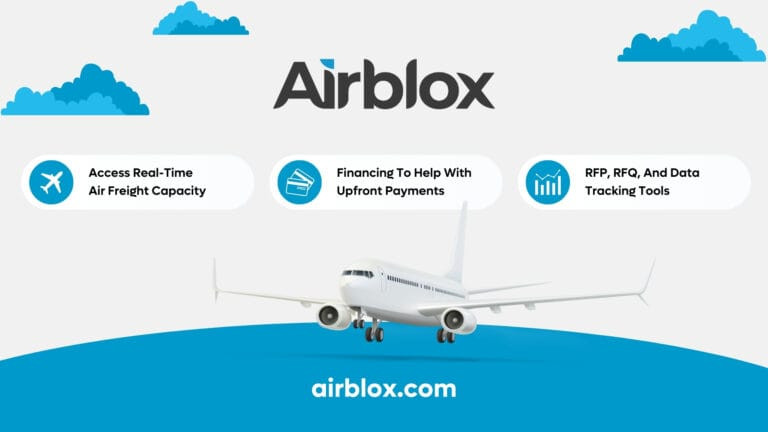The airfreight industry is transforming, driven by digitalisation and innovative technology solutions with remarkable evolution both in hardware, like the emergence of electric vertical takeoff and landing aircraft, and in software, where platforms are reshaping the airfreight procurement process.
With these developments, Airblox hopes to play its part in providing a visible, easy-to-integrate solution for the industry that connects it to the financial world.
“Small and medium-sized freight forwarders often face significant challenges in securing the right capacity, as there is no global solution—only fragmented, regional ones. These regional systems often present barriers for smaller forwarders,” Edip Pektas, Founder of Airblox, stated.
“We wanted to introduce a solution that not only provides small and medium-sized forwarders with access to capacity at their origin but also in other locations.
“Just as important, we aimed to simplify the process of financing these transactions, which is often a major hurdle. Smaller forwarders struggle to provide deposits to airlines, which prevents them from booking directly.
“We offer a guaranteed payment system to airlines and extend credit lines to these smaller forwarders, effectively serving as a middleman to facilitate transactions and remove barriers.”
Core to the industry
Around 45 percent of the market is made up of small to medium-sized freight forwarders. Many of these smaller forwarders act as key channels for small shippers.
From an airline revenue management perspective, airlines often prefer to sell a large portion of their capacity to big forwarders in advance, while keeping some capacity available for the spot market, where smaller forwarders can purchase it at higher margins. This strategy helps airlines balance their revenue streams.
“Airblox fits into this model by providing these forwarders with the same access to midterm capacity that large forwarders have—typically 30 to 120 days before departure,” Pektas explained.
“At the same time, it gives airlines greater visibility into demand ahead of time. We saw this as a significant gap in the market, which is why we developed electronic Block Space Agreements (eBSAs) to address this need and create that functionality.”
The pace increases
Across the board, freight forwarders—regardless of size—have historically been slow to adopt technology solutions. Many existing solutions tend to be tailored to specific needs, which means they don’t provide forwarders with the comprehensive access they require.
However, digitalisation and API integration with airlines are changing that dynamic, making it easier for small forwarders to gain access to necessary resources. Companies like Airblox facilitate this process, enabling small forwarders to navigate the digital landscape more effectively.
“Airfreight could have started this digital transformation earlier, particularly as passenger ticketing became more digitised. However, the freight divisions of airlines often received less attention, as they do not represent the largest revenue source,” Pektas mused.
“Companies began to pave the way back in 2012, pushing for change and encouraging the industry to explore digital solutions, but the market wasn’t ready—neither airlines nor freight forwarders were prepared to adopt digital solutions.
“We’re now experiencing a natural evolution in this space. In five years, I believe we will have moved beyond conversations about digitalisation and will be focused on artificial intelligence (AI) and its ability to address operational challenges.
“The discussions will shift from pricing and financing to how efficiently AI can streamline operations and reduce costs. We are at the beginning of a significant growth phase for the airfreight industry, and I see tremendous potential ahead.”



